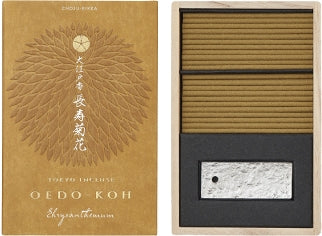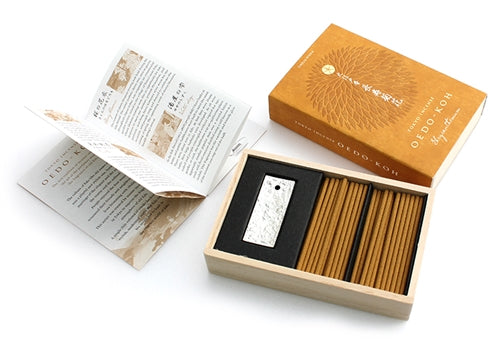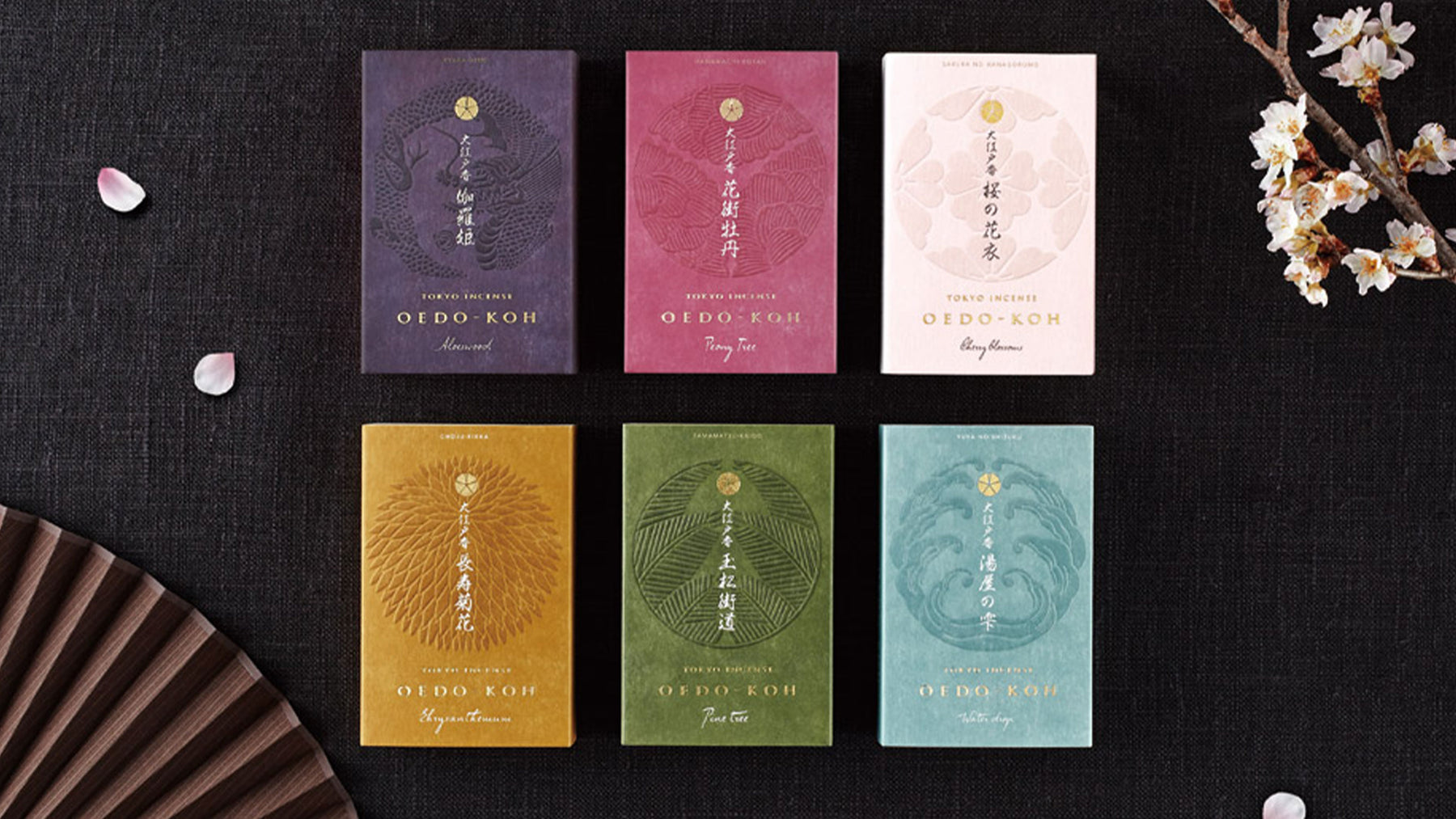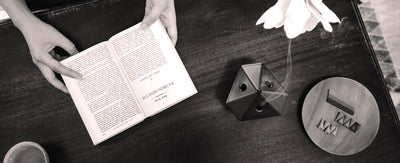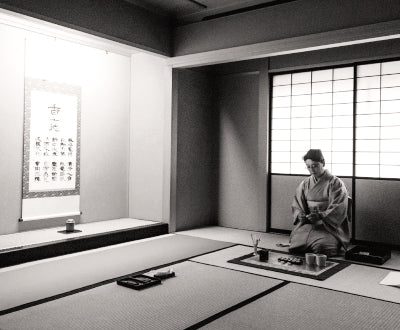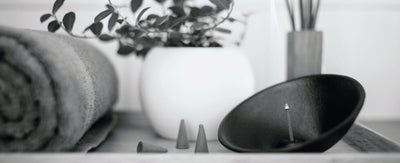OEDO-KOH - Chrysanthemum 60 sticks
Chrysanthemums were loved by the people of Edo not only for their beauty, but also as a symbol of longevity. The fragrance is smooth, refreshing, and invigorating.
The gardeners of Komagome and Sugamo near Edo are said to have sparked the chrysanthemum craze of the Edo era. Fond of the fancy and spectacular, Edo
dwellers loved the beautiful and fragrant flowers, which were displayed or fashioned into various shapes. Chrysanthemums were believed since ancient times to prolong
life, and during the Edo Period the Chrysanthemum Festival became a yearly event where people chrysanthemum sake infused with medicinal blossoms. The smooth, refreshing scent of chrysanthemum will delight you as it did the denizens of old Edo.
-------------------------------------------------------------------------------
- A perfumery, powdery fragrance
- No bamboo core for a clean burning, pure scent.
- Box includes 60 sticks and a tin incense stand
- Petite, cute package for great gift for every occasion.
- For refreshment, relaxation, reading, listening to music, yoga, bathing
-------------------------------------------------------------------------------
 |
Key Note: | Chrysanthemum |
 |
Burn Time: | Approx. 12 min. |
 |
W x H x D (inch): | 2 5/8 x 4 x 13/16 |
 |
W x H x D (mm): | 67 x 102 x 20 |












